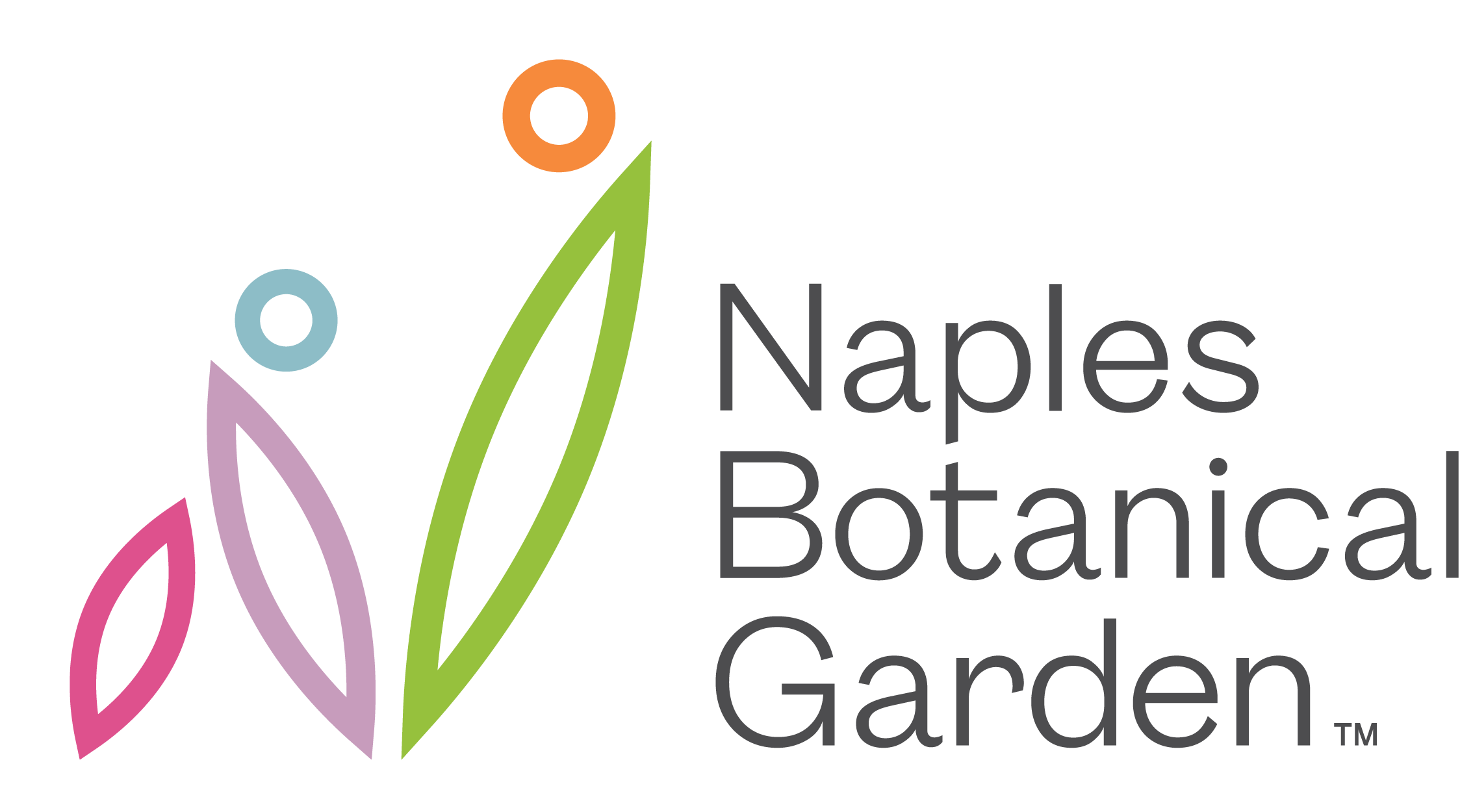Herb harvesting basics:
- Always sanitize your harvesting tools to prevent the spread of disease.
- For fresh herbs, harvest the youngest, most tender leaves typically just above the growth points (nodes).
- For dried herbs, it is best to harvest when the plants flower: however, you can harvest at any time during the plant’s life cycle. Dry the herbs immediately in a dark, well–ventilated room. Once dry, pack the herbs in plastic or glass containers that can be sealed.
- Herbs can be frozen. Take your harvested herbs and spread them across a baking sheet. Place the baking sheet in the freezer. Once herbs are frozen, transfer them to an air-tight bag. Dill, sage, rosemary, and thyme freeze best when left on their stalks.
How to harvest basil: Young leaves will have more flavor than older leaves. Cut the basil just above a growth point (node). This ensures that the plant will continue to grow after the harvest. In fact, the more you harvest and trim back basil, the more it will produce. Regular trimmings above growth points encourage bushy growth.



Best uses for basil: pesto, infused olive oil, bruschetta, pizza, pasta, lasagna, vegetable soups (tomato, summer squash, etc.), salads (caprese, Mediterranean, pasta, etc.), combine with tomatoes or lemon and seafood, potatoes, asparagus, chicken, cocktail garnish
How to harvest rosemary: Be sure to harvest before the rosemary flowers. Rosemary grows the most during the spring and summer and harvesting during these times is best. Clip the rosemary anywhere along the stem. It can be helpful to cut the rosemary where the smaller stems meet the larger main stems. Rosemary can survive a harvest of up to 1/3 of the entire plant.

Best uses for rosemary: infused olive oil, focaccia bread, honey infusion, pesto, cocktail garnish, butter infusion, stews (beef, rabbit, lamb or pork), egg dishes, grilled meats and fish, potatoes, zucchini
How to harvest thyme: Be sure to harvest before the plant flowers. When harvesting, look for the newer, greener growth; leave the tough, woody stems. Grab a clump of thyme in one hand and trim below where you are grabbing with scissors or pruners. Leave roughly 5-6 inches of the plant sticking out of the ground.
Best uses for thyme: seafood, soups (lentil or split pea), dry rub for chicken or mixed with lemon over chicken, zucchini, mashed potatoes, chicken noodle soup, lemonade, pasta with vodka sauce, roasted carrots, lamb chops, strawberry jam, risotto
How to harvest oregano: It does not matter where on the plant you chose to cut your oregano for harvest. Oregano can handle a heavy trim, so don’t be afraid to cut it down to about 4-6 inches above the ground. Oregano is most flavorful right before it flowers.
Best uses for oregano: chicken with lemon, dinner rolls, beans, pesto, pizza, tomato based dishes, zucchini, eggplant, ratatouille, Greek salads, oil infusion, chimichurri sauce, herb breads, meatballs
How to harvest mint: Young leaves will have more flavor than older leaves. Cut the mint just above a growth point (node). This ensures that the plant will continue to grow after the harvest. In fact, the more you harvest and trim back mint, the more it will produce. Regular cuttings above growth points encourage bushy growth.
Best uses for mint: tabouli, pesto, salads (especially Mediterranean, and fruit salads), water flavoring, cocktail garnish, tea
Herbs that grow well in SWFL:
Basil: Annual herb that attracts pollinators when flowering. Does best in full to part sun and prefers moist, well-draining soil. Great to start as a cutting in April-June and then again in September. Regular harvesting along growth points encourages branching and production of new leaves.
Rosemary: Perennial plant that will produce fragrant leaves for years. Can reach up to 6 feet tall and 4-5 feet wide when in the ground. Prefers full sun and well-draining soil; tolerates drought well and will suffer when watered too frequently. Best to start as a cutting in May, June, August, and September and will thrive year-round in Florida. Be warned: starting from cuttings can be difficult.
Thyme: Perennial plant that looks great cascading over the edge of containers. Prefers full sun and well-draining soil and tolerates drought well. Best to start as a cutting between November-April. Harvesting is best when flowering, but you can harvest the youngest growth at any time.
Oregano: Hardy perennial that likes full sun and well-draining soil. Can grow to be 2 feet tall. Will flower in mid to late summer. The best tasting oregano comes from harvesting leaves when flower buds are just starting to form. Cuttings do best when planted in July, but can succeed when planted during most of the year.
Mint: Perennial plant that attracts pollinators. Great to start as a cutting in January-April and again in July. Loves the hot and humid Florida weather. Grows best in moist soil with light or partial shade.
Other herbs that grow well in SWFL: cilantro, culantro, Cuban oregano, dill, fennel, garlic, ginger, lemongrass, Mexican tarragon, parsley, and sage
Indoor herbs: Herbs that do well on a sunny, indoor windowsill include: oregano, thyme, sage, and rosemary.
Growing tip: Perdue poultry litter was found by a University of Florida study to be the best and most economically friendly plant food source for container herbs.

